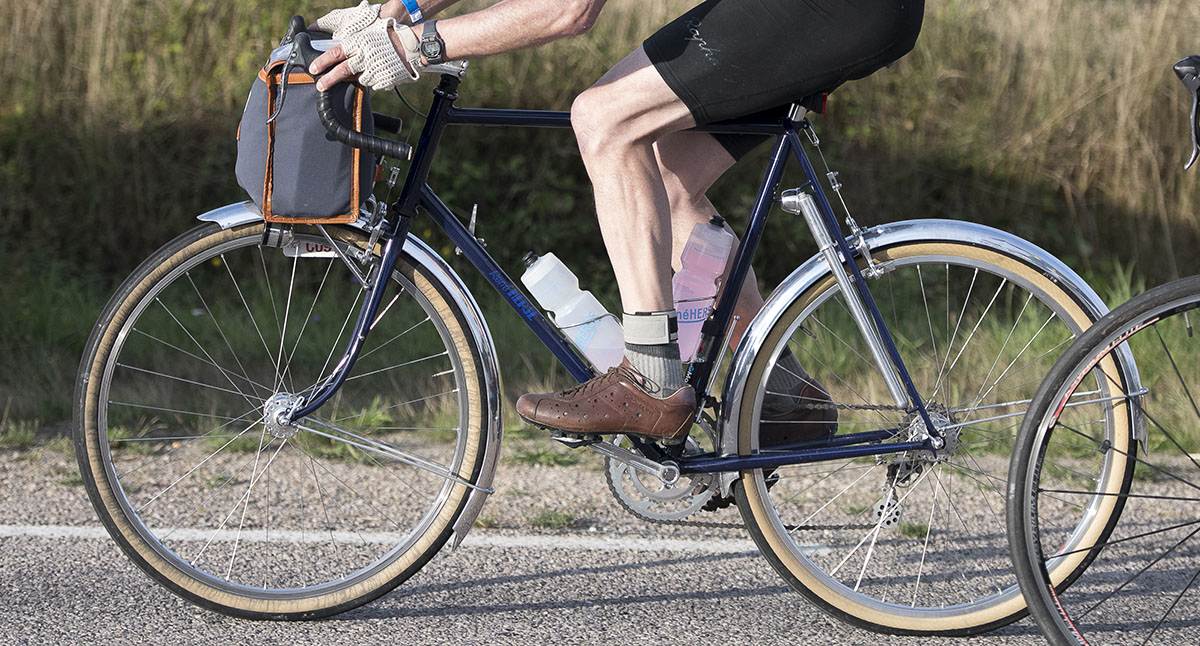Fender News: Blades Available Separately and Edge Tool
It’s raining today in Seattle, and we’re glad to have bikes with really good fenders. It was a revelation when we realized that the unpleasantness of riding in the rain is mostly due to spray from the wheels. Unless you’re riding in a typhoon, there’s comparatively little water falling from the sky. And at least for many of us, bike rides are the perfect antidote to the gray sky blues, so rides when the weather isn’t sunny are actually the most important ones.
Since good fenders are so important for our cycling enjoyment, we spend a lot of time and effort on perfecting Rene Herse fenders. Our fenders provide more coverage than other, similar fenders. Our custom hardware is more beautiful, lighter and more functional. (For example, our fender stay bolts protrude less into the fender, where they can catch debris that is picked up by the tire.) We also offer many small parts and tools that make fender installation easier.
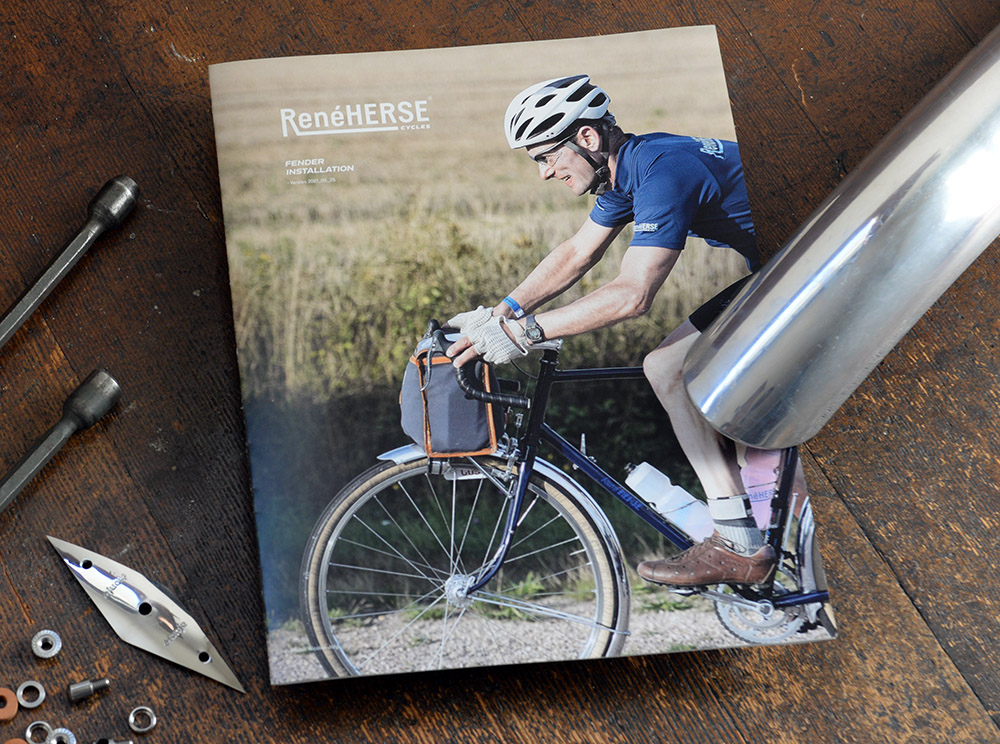
Correctly installed Rene Herse fenders usually last as long as the bike. (To help with the installation, each set of Rene Herse fenders comes with illustrated step-by-step instructions.) Sometimes, it’s hard to get it right, though, and a fender can crack if it’s installed with inbuilt stresses. Or a fender can get mangled in a crash. In the past, you had to buy a complete fender set with stays and hardware, even though you only needed to replace a fender blade.
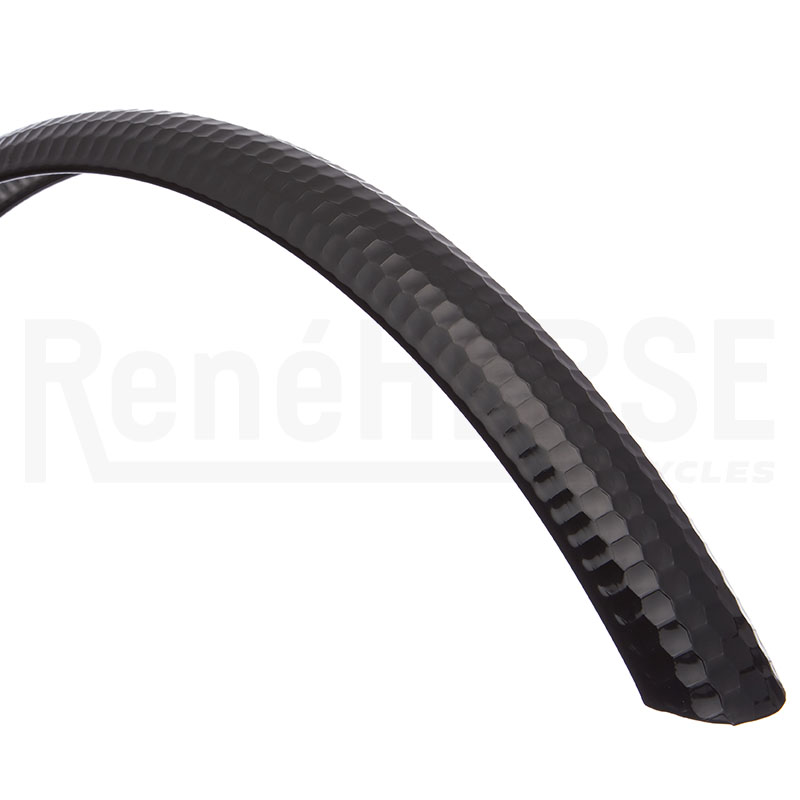
Now we’re offering all fenders as blades only, without stays and hardware. We all know the frustration when we just need a small part, but have to buy the entire set. It’s a waste of money and resources. No more… (What if you need just a single blade? Sorry, we can only offer sets of blades. With all the fender models we offer, that would create far too many individual inventory items.)
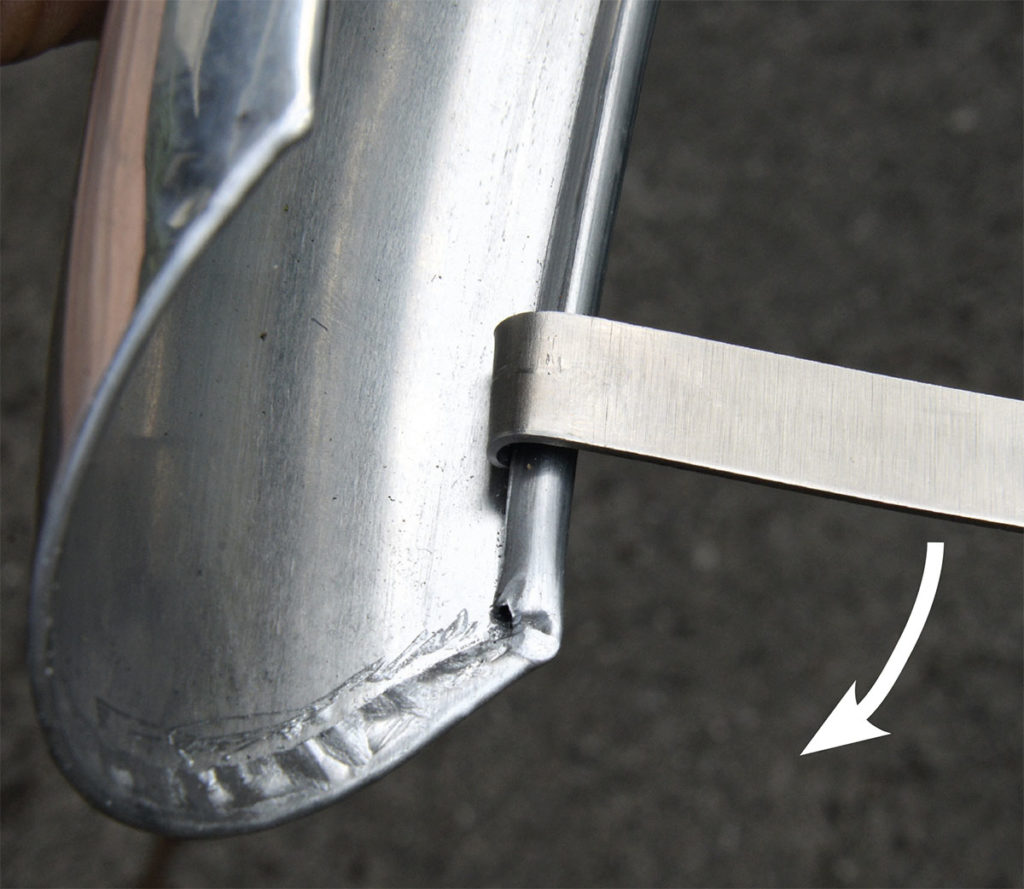
The rolled-over edges of Rene Herse fenders keep the water inside and are a key reason for their superior performance. They are also a great place to run lighting wires or insert mudflaps. To open the rolled edges, we’ve designed a special tool. Insert the tool into the rolled fender edge and rotate downward until the edge is opened enough to push in the lighting wire or mudflap. If you want to close the fender edge again, use pliers and a small pieces of wood on the surface of the fender to protect the finish.
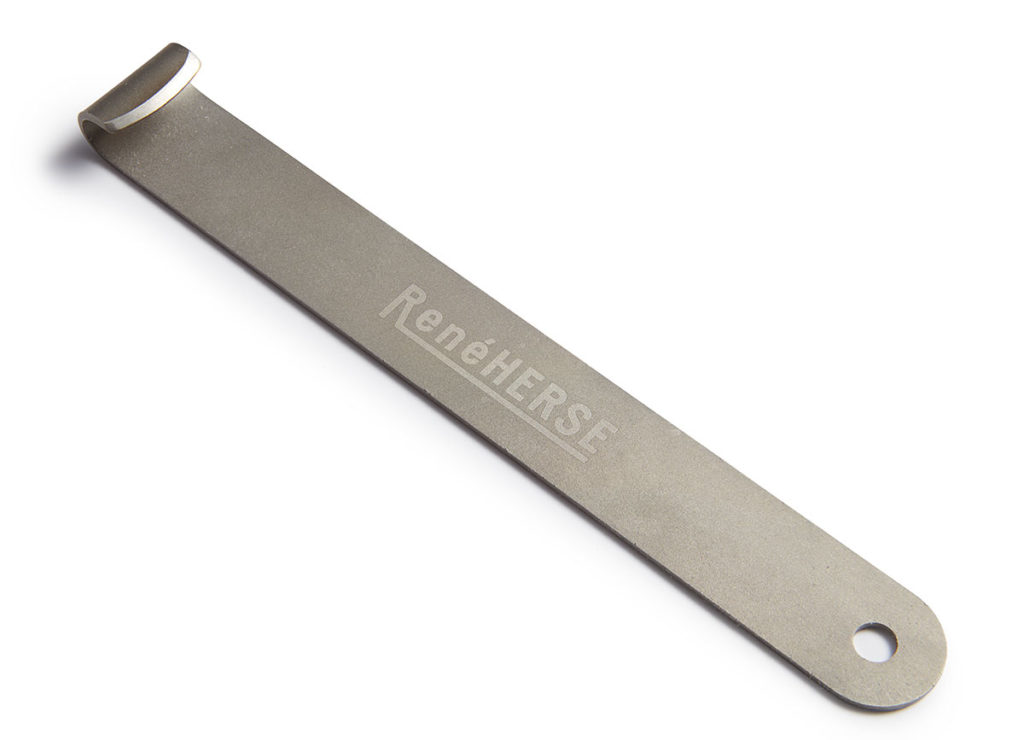
The Fender Edge Tool is easy to make from a strip of sheet metal, bent over and sharpened at the edge. But not everybody has strips of sheetmetal in the right thickness lying around, and it takes a few tries until the bend is just right. (Our tool went through half a dozen prototypes before it was perfected.) Now we’ve made a bunch of these tools from stainless steel and offer them to our customers.
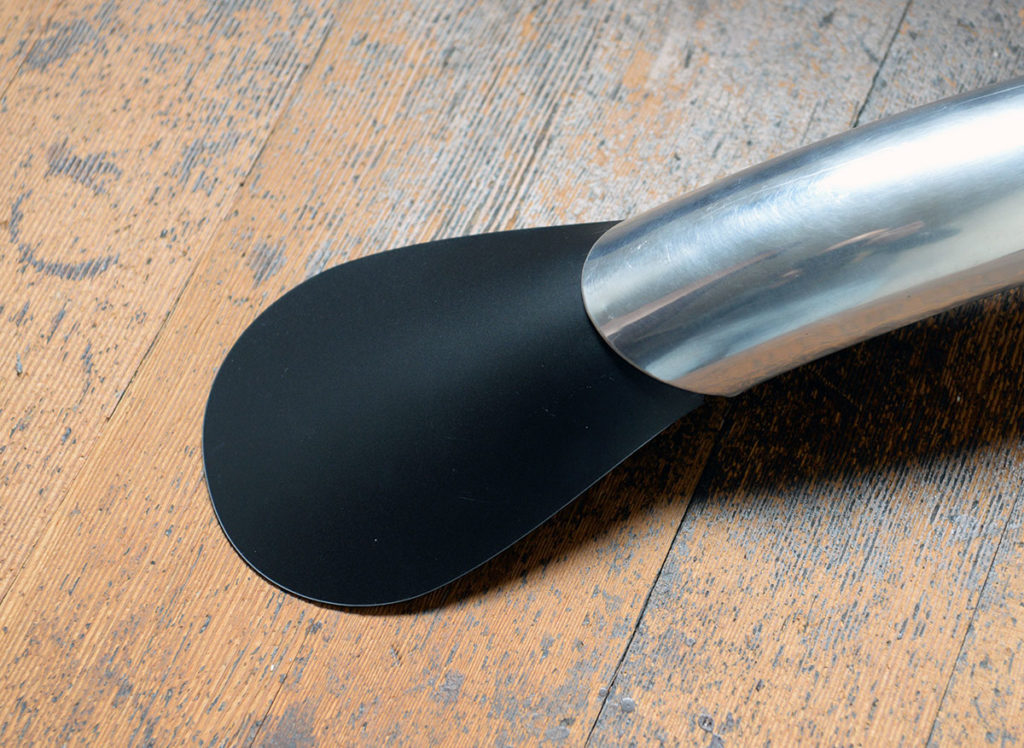
We’ve been thinking a lot about the perfect mudflap over the past few years. A mudflap needs to protect the rider’s feet and drivetrain from spray, especially at high speeds. That means the material has to be stiff. However, the mudflap must also be durable, so it needs to be flexible when it gets caught on a curb or rock. A mudflap should be easy to install. And finally, a mudflap, like any component, should improve the appearance of the bike, not detract from it. So we’ve been experimenting with materials and shapes and ways to attach the flaps. We’ll have more news about this project soon.
Further reading:
- A fun, but very rainy ride in Japan that was made possible by having good fenders.
- Fenders in the Rene Herse program.
- Update Oct. 2022: Rene Herse Mudflaps are now available.


